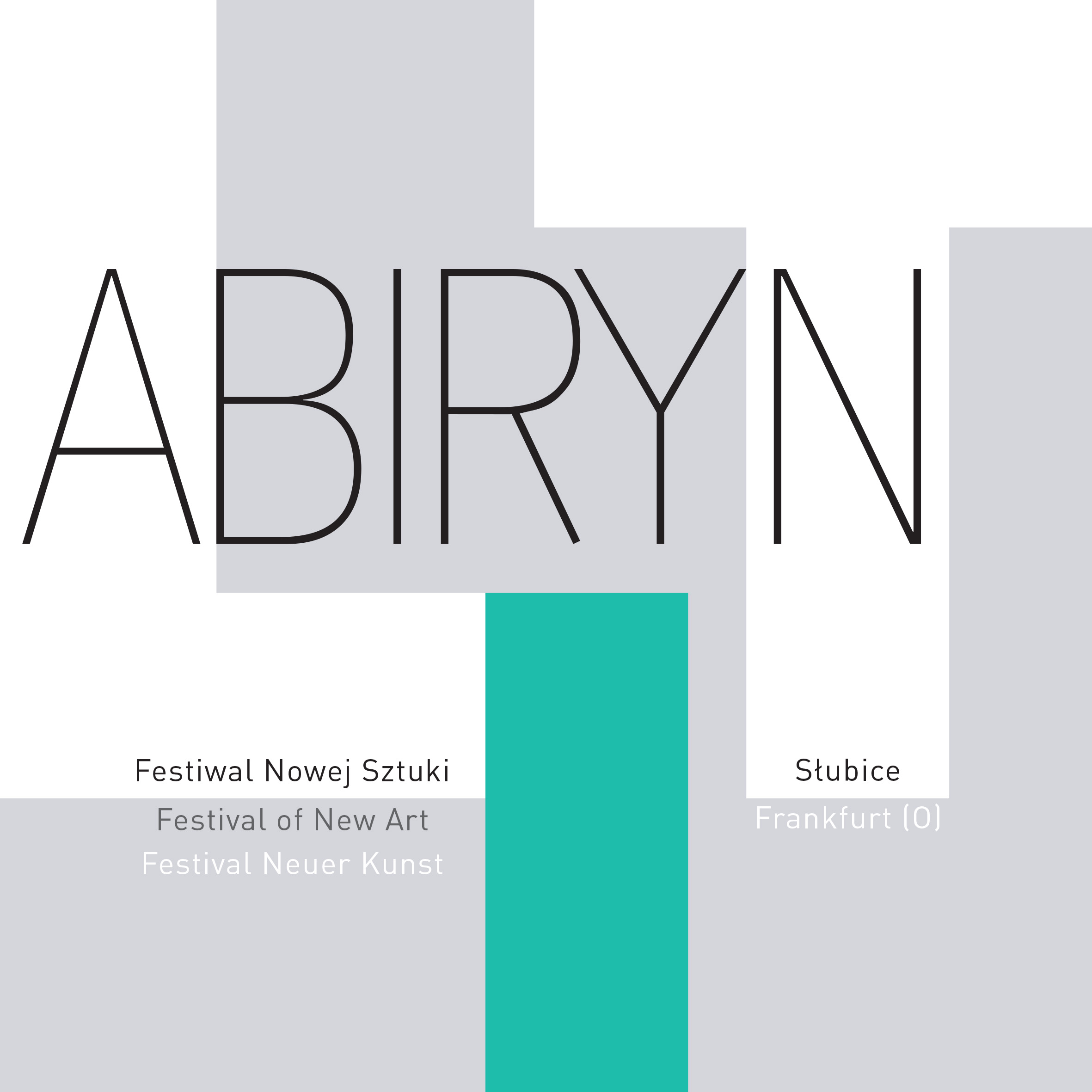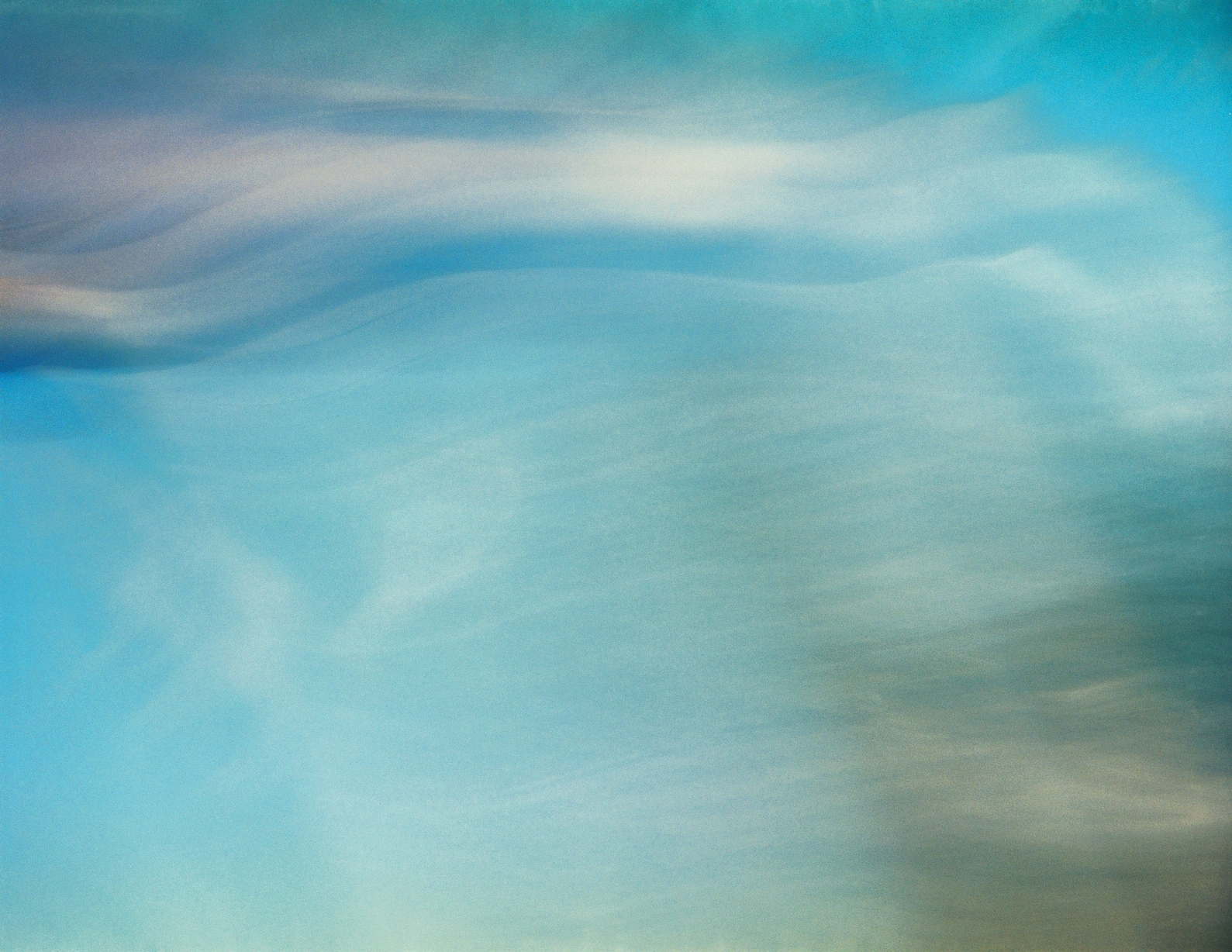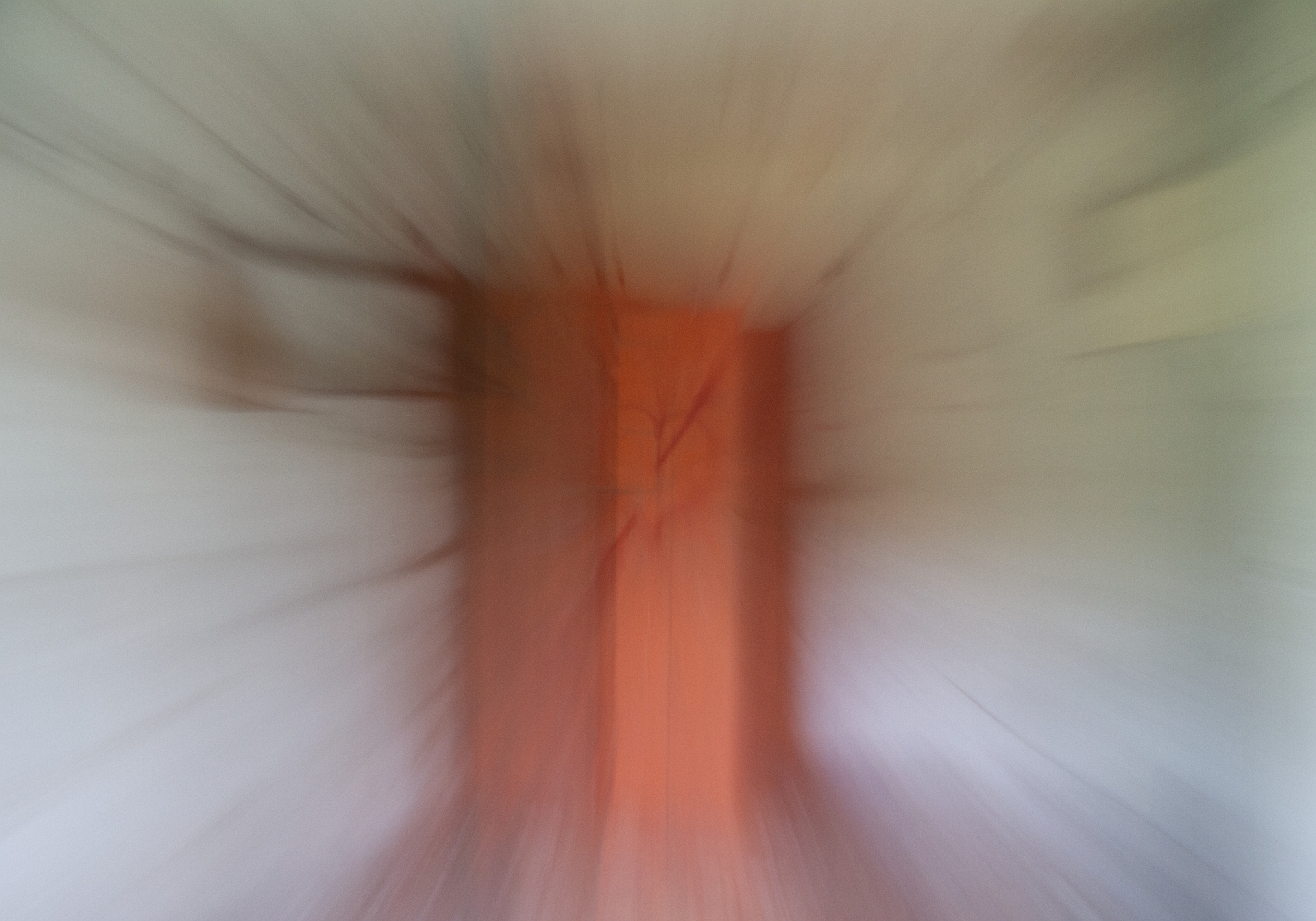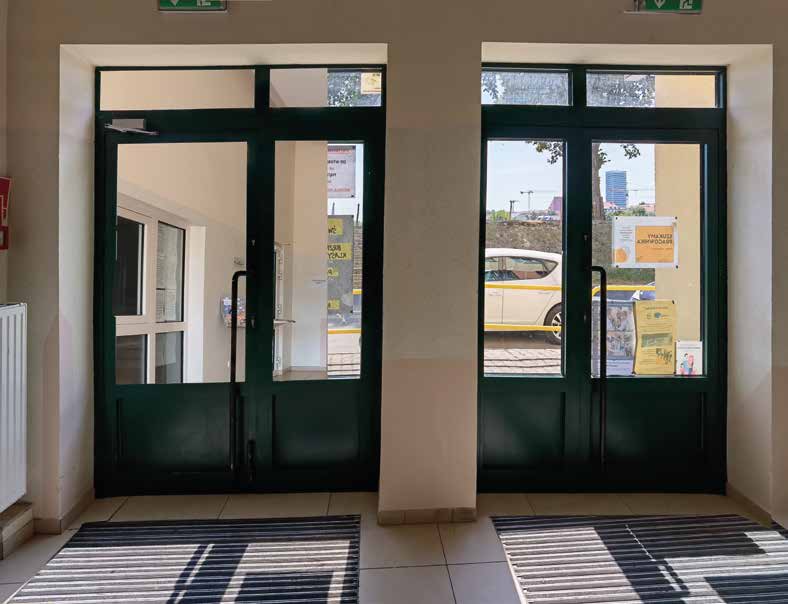

Menu


Slide

doslider02
doslider01
Okno w Słubicach
Window in Słubice
Fenster in Słubice
Autor | artist | Autor:Veit Stratmann (1960)
miejsce | place | Ort: Słubicki Miejski Ośrodek Kultury SMOK, ul. 1 Maja 1, Słubice
Szklane powierzchnie w lewej części wejścia do Słubickiego Miejskiego Ośrodka Kultury pokryte są od wewnątrz laminowanym szkłem lustrzanym na szerokości 120 cm. Odpowiada to minimalnej szerokości ciągów komunikacyjnych
w instytucjach publicznych.
1. Pomimo lustrzanych powierzchni wejście pozostaje funkcjonalne. Wzmocnione szerokością lustrzanej powierzchni, której widz nie jest świadom, paradoksalnie pozostaje płaszczyzną przenikania między zewnętrzem a wnętrzem. Jednocześnie, również z racji obecności luster, przypadkowe, nieodgadnione spojrzenie z przodu i na zewnątrz (lub do wewnątrz) nie jest już możliwe. Spojrzenie widza, trafiając na lustrzaną powierzchnię, zostaje za każdym razem spowolnione, oderwane, rozerwane i ponownie zwrócone do środka.
2. Lustrzane powierzchnie nie ogniskują spojrzenia, ale nie są też do końca deflektorami. Gdyby jednak nimi były, pojawia się pytanie o to, z czego właściwie składa się praca: czy są to podwójne lustra, podwójne lustra wraz ze szklaną fasadą, same lustra czy szklana fasada plus przestrzeń wewnętrzna i zewnętrzna; czy obejmuje ona ludzi, którzy ustawiają się w stosunku do przezroczystego szkła i powierzchni luster, a także tych, którzy ich obserwują.
In the Municipal Culture Centre Słubice, on the left side of the entrance hall a stretch of 120 cm of the window panes will be covered with laminated mirror
glass. Officially, 120 cm is the minimal width of passageways in public buildings.
1. Despite the mirrors the entrance remains functional. For the viewer, – who unconsciously knows these official sizes that are paradoxically reinforced by the
width of the mirror surface – the entrance hall remains a place of permeating from the outside to the inside and vice versa. At the same time, due to the presence of the mirrors, it is no longer possible to let the view randomly stray forwards and outwards (or inwards). Every time the viewer’s gaze hits the mirror surface, it is slowed down, broken off, torn apart and bent back inwards.
2. The mirror surfaces are not focalizing the gaze, but they are also not really deflectors. But if they were deflectors, the question arises as to what the work actually consists of: The double mirrors, the double mirrors plus glass façade, just the mirrors, or the glass façade plus interior and exterior space? Does it include the people, who position themselves in relation to the transparent glass and the mirror surfaces? And also those, who observe
them doing so?
Die Glasflächen der – von innen – linken Hälfte des Eingangs des Słubicer
Kulturhauses werden auf einer Breite von 120 cm mit Verbundspiegelglas überklebt. Dies entspricht der Minimalbreite von Verkehrswegen öffentlich zugänglicher Institutionen.
1. Trotz der Spiegelflächen bleibt der Eingang funktional. Paradox verstärkt durch die dem Betrachter unbewusst bekannte Breite der Spiegelfläche, bleibt er eine Ebene der Durchdringung von Außen und Innen. Gleichzeitig ist, auch durch die Präsenz der Spiegel, der zufällige ungelenkte Blick nach vorne und außen (oder innen) nicht mehr möglich. Jedes Mal, wenn der Blick des Betrachters auf die Spiegelfläche trifft, wird er ausgebremst, abgebrochen, zerrissen und nach innen zurückgebogen.
2.. Die Spiegelflächen sind keine Fokalisatoren des Blickes, sie sind Deflektoren auf das, was sie nicht sind. Wenn sie aber Deflektoren sind stellt sich die Frage, worin nun eigentlich die Arbeit besteht: Die Doppelspiegel, die Doppelspiegel plus Glasfassade, Spiegel, Glasfassade plus Innen- und Außenraum? Inklusive der Menschen, die sich zu Transparenz und Spiegelflächen positionieren – und derer die sie dabei beobachten?
